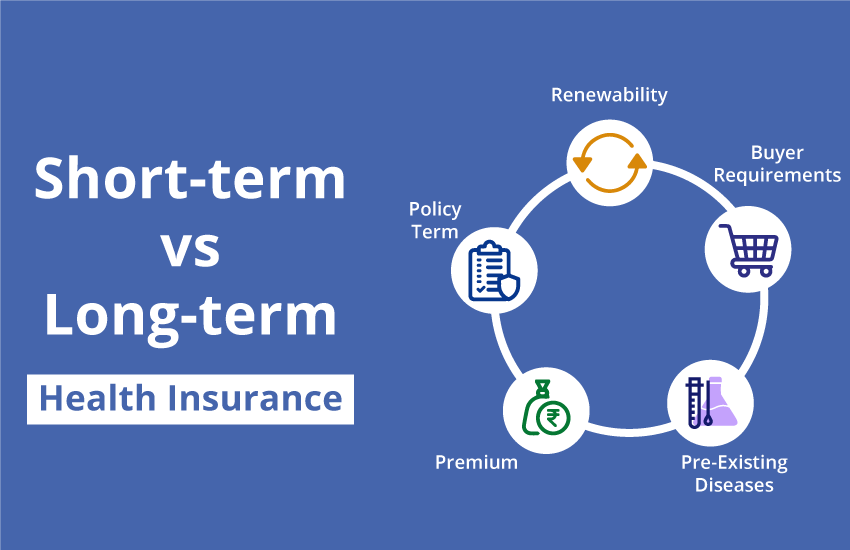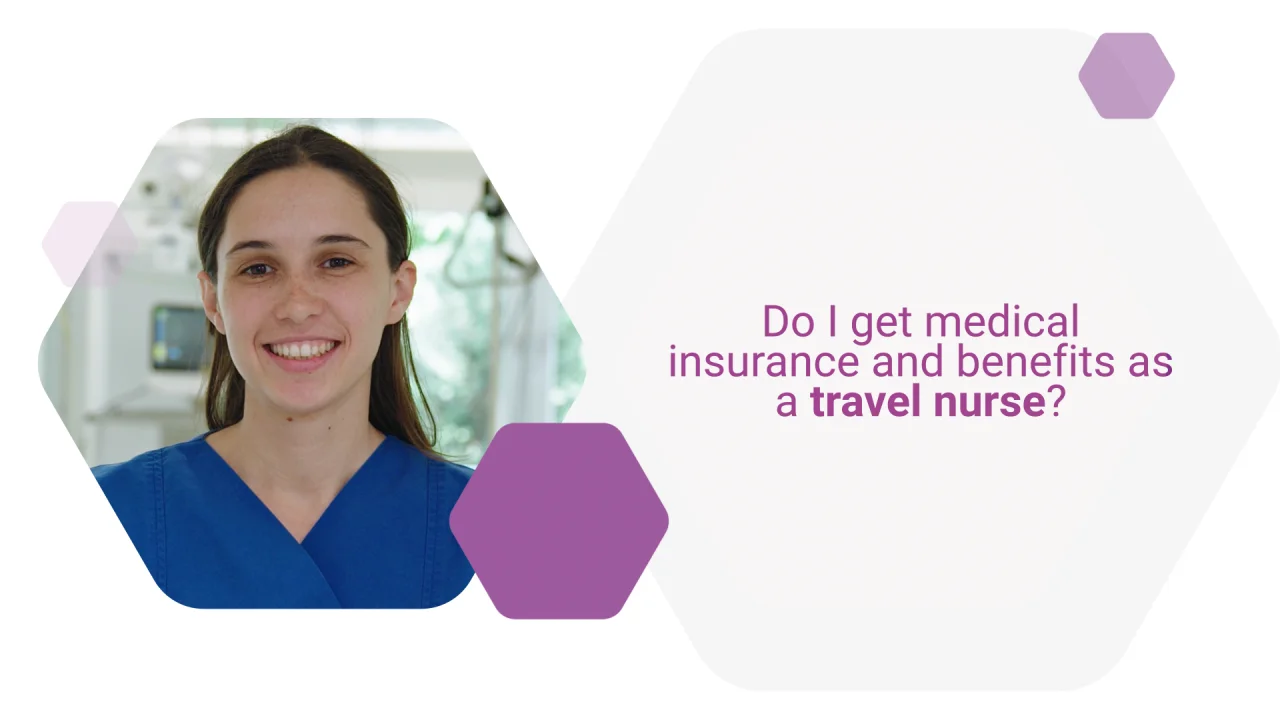The Buzz on Medicare Advantage Agent
The Buzz on Medicare Advantage Agent
Blog Article
Everything about Medicare Advantage Agent
Table of ContentsThe 20-Second Trick For Medicare Advantage AgentThe 10-Second Trick For Medicare Advantage AgentThe Buzz on Medicare Advantage Agent

follows from perplexing the relatively young age account of the uninsured with the much better health, on standard, of younger individuals. This covers the link between wellness condition and health insurance policy. For those without access to workplace medical insurance, poor health is a potential barrier to buying nongroup coverage because such protection may be highly priced, leave out pre-existing conditions, or be just inaccessible. The variety of without insurance Americans is not especially large and has not changed recently. 7 out of ten respondents in a country wide representative study believed that fewer Americans lacked wellness insurance coverage than really do(Fronstin, 1998). Roughly fifty percent(47 percent )thought that the variety of individuals without health insurance reduced or stayed continuous over the last fifty percent of the last years(Blendon et al., 1999). This decline of almost 2 million in the number of individuals 'without insurance (a decrease
of around 4 percent)is certainly a favorable change. With a softer economic climate in 2000 the most recent reported gains in insurance policy coverage might not continue(Fronstin, 2001 ). The decline in the variety of uninsured will certainly not continue if the economy continues to be slow-moving and healthcare prices proceed to exceed inflation. This is because the data were gathered for a duration of solid financial efficiency. Of the estimated 42 million people that were uninsured, almost concerning 420,000(regarding 1 percent)were under 65 years of age, the age at which most Americans become eligible for Medicare; 32 million were adults in between ages 18 and 65, around 19 percent of all grownups in this age; and 10 million were kids under 18 years old, regarding 13.9 percent of all children (Mills, 2000). These price quotes of the number of persons without insurance are created from the yearly March Supplement to the Existing Population Survey (CPS), conducted by the Census Bureau. Unless otherwise kept in mind, nationwide estimates of people without wellness insurance coverage and proportions of the populace with different sort of protection are based on the CPS, the most widely made use of resource of price quotes of insurance coverage and uninsurance prices. These studies and the estimates they produce are explained briefly in Table B. 1 in Appendix B - Medicare Advantage Agent. These surveys differ in size and sampling methods, the questions that are asked regarding insurance policy
What Does Medicare Advantage Agent Do?
insurance coverage, and the time period over which insurance protection or uninsurance is measured(Lewis et al., 1998, Fronstin, 2000a ). Still, the CPS is particularly useful because it produces yearly price quotes relatively promptly, reporting the previous year's insurance coverage approximates each September, and since it is the basis for a regular collection of price quotes for more than twenty years, enabling for analysis of fads in protection in time.

What Does Medicare Advantage Agent Mean?
The relationship in between wellness insurance and access to care is well developed, as documented later in this phase. The relationship between health insurance coverage and health and wellness end results is neither direct nor simple, a substantial medical and health and wellness solutions research study literature web links wellness insurance coverage
to improved enhanced accessibility care, better much betterTop quality and improved boosted individual population health wellness. The second record, on individual wellness results for without insurance adults, is represented by the inner circle of the figure, while the 3rd report, on household well-being, encompasses the subjects of the 2nd record however stresses a various device of analysis, namely, the family.
Furthermore, it concentrates specifically on those with no medical insurance for any kind of length of time. The issues faced by the underinsured remain in some respects similar to those encountered by the without insurance, although they are normally much less extreme. Uninsurance and underinsurance, nevertheless, involve distinctly various plan issues, and the approaches for resolving them might differ. Throughout this study and the 5 reports to comply with, the main focus is on individuals with no medical insurance and hence no aid in spending for health care past what is available with charity and safety net institutions. Medical insurance is an effective factor impacting invoice of care due to the fact that both patients and physicians react to the out-of-pocket cost of solutions. Wellness insurance coverage, however, is neither required nor sufficient to get accessibility to medical services. Nevertheless, the independent and straight impact of health
insurance policy protection on accessibility to health and wellness solutions is well established. Others will obtain the healthcare they require even without medical insurance, by spending for it out of pocket or seeking it from carriers that supply care complimentary or at extremely subsidized prices. For still others, medical insurance alone does not guarantee receipt of care due to various other nonfinancial barriers, such as an absence of healthcare carriers in their community, minimal access to transportation, illiteracy, or etymological and social differences. Official research concerning without insurance populations in the USA dates to the late 1920s and early 1930s when the Board on the Expense of Medical Treatment produced a collection of records about funding doctor workplace brows through and hospitalizations. This problem ended up being prominent as the varieties of medically indigent climbed up throughout the Great Anxiety. Empirical research studies consistently sustain the link between accessibility to care Extra resources and enhanced health and wellness end results(Bindman et al., 1995; Starfield, 1995 ). Having a routine source of care can be considered a predictor of accessibility, instead of a direct action of it, when health and wellness results are themselves used as gain access to indicators. This extension of the notion of gain access to measurement was made by the IOM Committee on Monitoring Accessibility to Personal Healthcare Solutions(Millman, 1993, p. Whether moms and dads are insured appears to affect whether their children get care along with just how much careeven if the youngsters themselves have coverage(Hanson, 1998). The health and wellness of parents can impact their capability to look after their children and the degree of family anxiety. Fretting about their children's access to care is itself a resource of anxiety for parents. Three phases comply with in this report. Phase 2 offers an overview of how employment-based wellness insurance policy, public programs and specific insurance plan operate and connect to give considerable but insufficient protection of the U.S. population. This includes a testimonial of historic patterns and public policies influencing both public and exclusive insurance coverage, a discussion of the communications among the different kinds of insurance policy, and an assessment of why individuals move from one program to an additional or finish up

Report this page